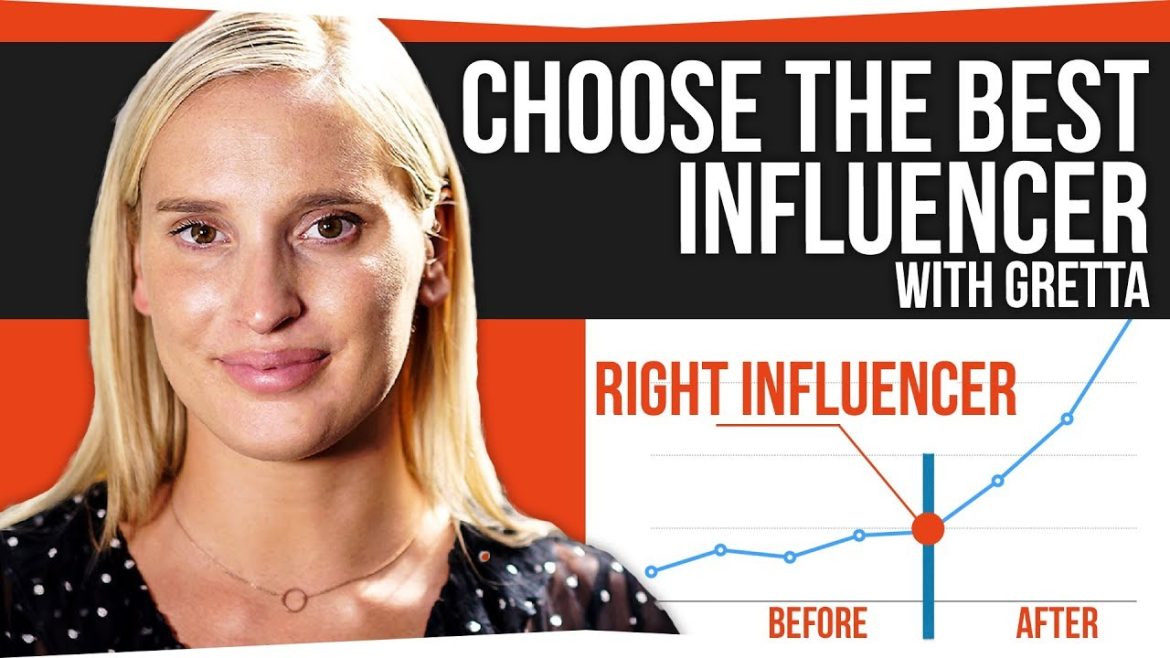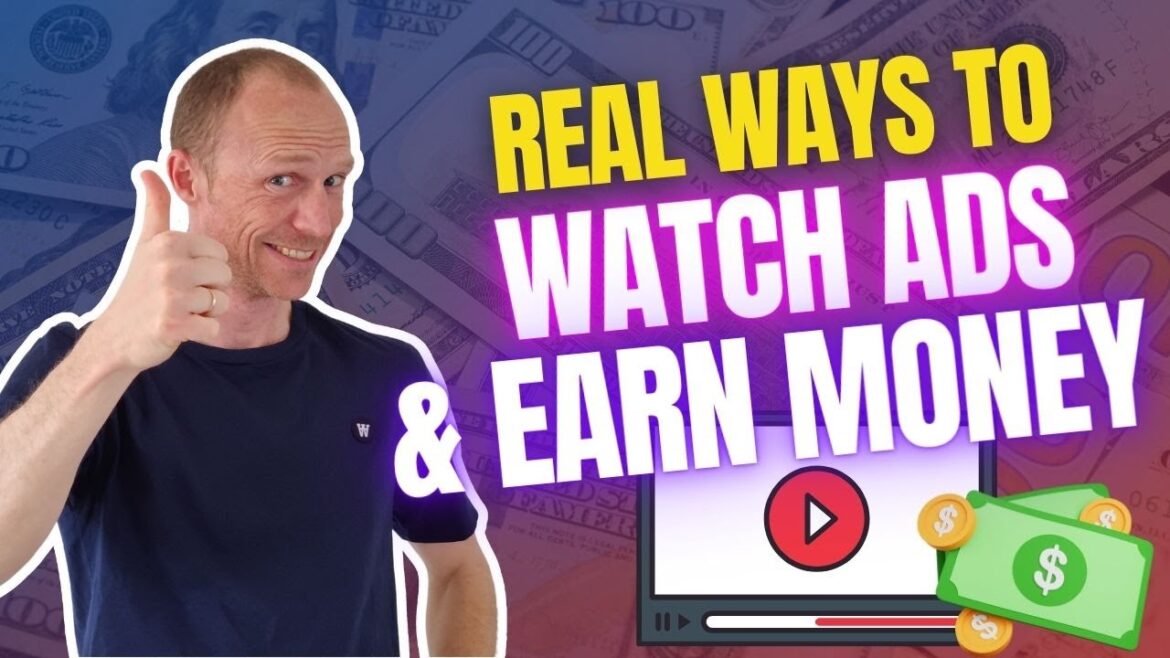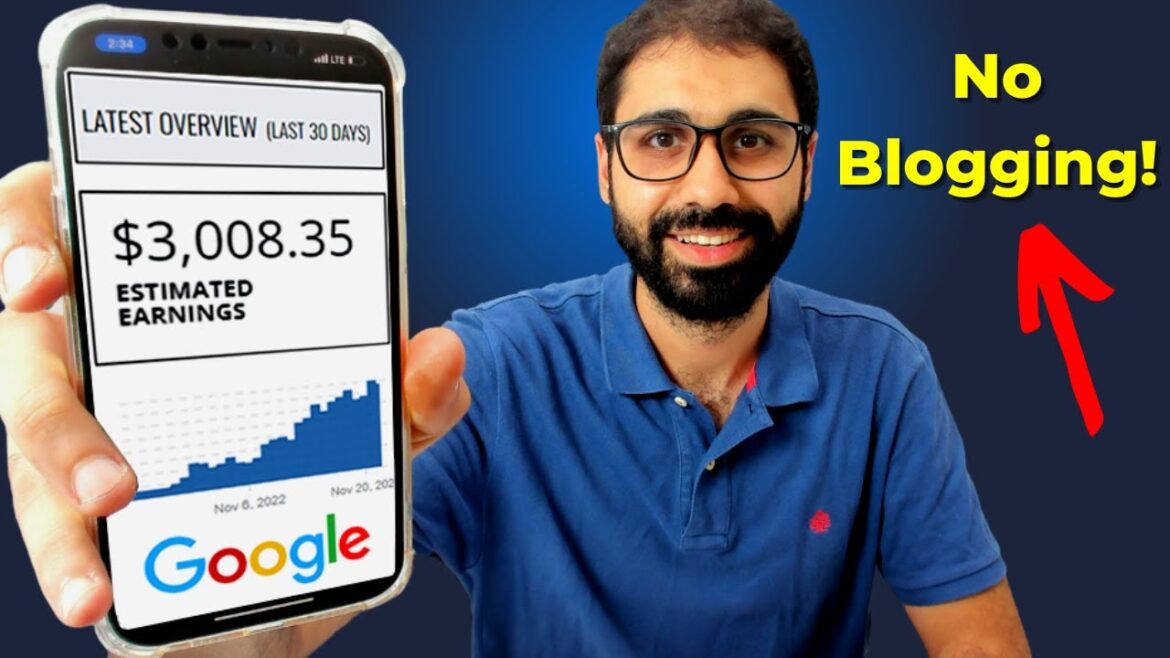So, what's the secret to finding
those matches made in heaven like? Was that a branding awareness post?
Was that a sales related post? Like what are the key elements
that go into creating a campaign that has
that sort of viral 10X ROI? Yeah. I mean, it's always typical
but it comes down to– I mean, once you start getting the types of influencers
that do work for your brand, it's easy to kind of repeat
again and again. There's a bit of testing to find
where that ground lives. A lot of people get put off
or disheartened during that testing process. Then they're like,
"You know, marketing is not for me." But if you can kind of find
that right relationship and that's usually,
the best kind of factors are in terms of brand and influencer alignment. One way that I like to put it as a formula
is influence equals reach. So, an influencer who's following
an engagement times relevancy, so their area of expertise
or niche that they're in times relationship and their relationship
with their audience.
In influencer marketing
like any marketing, there's a mix of metrics. I call them like hard metrics
or soft metrics. So, like hard metrics are your kind of
quantitative metrics that are like, "Okay, the influencer
has 200,000 followers. They get 3,000 likes on a post," like whatever else. A lot of brands get very distracted
by these exact metrics. But it's actually the softer metrics,
they're the more qualitative metrics that form the best relationship. So, it's actually things like the way
that their audience has– like the emotional connection
their audience has with them and, of course,
those things are very hard to quantify, but if you look for the right indicators,
you're able to succeed in that way. So, I think that it's really important
not only to look at– not just to get
distracted by being like, "Oh, my God, Kim Kardashian
has 100 million followers.
I want her to post my brand." She is a very debatable case as well. She has a great relationship
with some of her followers that watched her on TV for years. Like some of the younger followers
are basically grown up watching her show. However appropriate that is or not . At the same time people know that
she actively promotes brands and products that she probably
doesn't use … while at the same time, she still has somewhat
of a relationship with her followers, so she's a tough one.
And she's so big
that she overcomes a lot of that. Like you said, there's different segments
of these people's followers as well. And she'll make it up in volume
in a lot of cases, I'm sure. But her cost would be just astronomical. Yes. Something like $300,000 a post
on Instagram. It's not bad work if you can get it.
That's incredible. So, how do you go about
assessing these soft metrics? Like is it really an eye test? Is it really like you really have
to go in there and make sure that there's
meaningful conversation happening that they're affecting people
on an emotional level or what are some ways
you go about that? Yeah.
So, I like to kind of just set
some different indicators that I can look at and kind of go through
a bit of a list, in a way, of things you might,
I guess, overlook. But in terms of the relationship
with their audience a lot of it comes down to,
obviously, communication, and the way that they're able
to speak to their audience in language that their audience
already knows and trusts and it's a two-way street, as well.
Amazon Products
So, a lot of the influencers
that have the best relationships with their audience are consistent,
they show up all the time. They might even do kind of
real-life events and stuff where they meet up
with the audience. They go to events. They do those meet ups
and people like swarm them. When they post things like that, you know how engaged
their following is in that way. When they're following– asking them real questions
rather than just being like, "Pretty." "That's lovely."
"Amazing." Those sort of generic comments,
they don't equate to much.
But if people are like,
"Where exactly did you get– "Through a mommy blogger
or something." "Where exactly did you get that pram?" "What did you do when your baby
was crying up all night?" Blah, blah, blah. If they actually interact back
with that audience, so that two-way communication
is so, so valuable, and if you can see
an influencer does that and they're going to represent
your brand in that way as well and jump in and answer questions
when somebody is confused about it, because it's not just the post, it's the way that you then engage them
upon the process kind of a campaign support that
the influencer can offer as well.
I mean, one option
is paying them a little bit more so that they are around
after they do post and saying like, "I want an hour of your time
to interact with your followers as they're asking you questions." It's not just thinking of it
like a get in, get out, like, "Okay, I'm just bought support."
It's not an ad. If you wanted to buy an ad,
it's a lot cheaper just to buy an ad that's going to be seen
by 200,000 people sometimes. -Yeah.
-Well, it's debatable. There's ways that you can do it. So, basically, it's just trying
to work with influencers who do have that really kind of engaged
relationship with their audience I will go through
a few more of those factors in small content that I created
with you guys soon.
Yeah. Nice.
We can tease that a little bit. Obviously, the Ecommerce All-Star Secrets
series that we're producing is going to culminate
in a free course that we're producing with several of these amazing all stars
that we're working with. Gretta is going to be handling
the influencer marketing component of it. So, let's talk a little bit about– just getting started with it
and we just did this big survey. We surveyed 500 eCommerce professionals
and we asked about where their focus was. Of the 500 people, like a large percentage of these people
were still mainly using Facebook ads. Like, mostly–.





